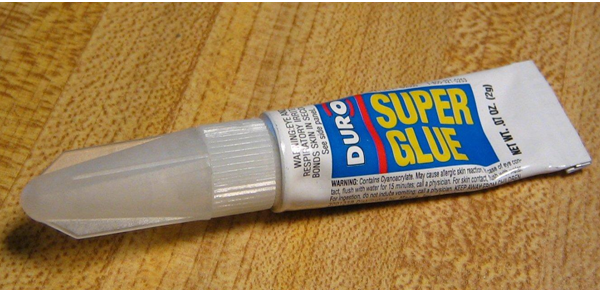Although the vast majority of HVAC systems are based on similar main components – a heat source, cooling unit, blower, and ducts – these units can be packaged in different ways and there are many system enhancements. Here are some of the common terms and elaborations you are likely to encounter.
Image Credit
Air handler unit (AHU)
The AHU is usually a metal enclosure containing the major system components, such as the heating and cooling coils, blower, filter racks, sound attenuators, and airflow regulators. Many AHUs are located inside a building. An outdoor unit is often called a ‘package unit’. When designed for the roof, it is called a ‘rooftop unit’.
The plenum
The plenum is a kind of spaghetti junction that directs airflows. That sounds simple enough, but it is a critical part of an efficient HVAC system and requires careful design. A supply plenum channels outbound air from your AHU to the different zones or rooms that need warm, cool or freshened air. A return plenum receives air from return grilles and directs it back into the AHU.
Ducts
Ducts are air-tight channels that conduct air from the supply plenum to the outlet grilles. Ducts also collect and return ‘spent’ air. It is the balance of air inflow and outflow that enables the system to work efficiently.
Although ducts can be manufactured in many shapes and materials, the most common is galvanized spiral duct. This offers excellent weight to strength ratio, is easy to work, join and bracket, and is available from suppliers such as https://www.dustspares.co.uk/ductwork-parts/galvanised-steel-spiral-duct.html.
Duct fittings
Controlling airflows to take different routes through a ducting network is a specialized skill. Specific fittings help to maintain the balance, including cells, tees, reducers and vent caps. Fittings that split airflow from the main duct into branch ducts are particularly important.
Dampers and diffusers
Dampers are like valves and enable the airflows to be adjusted. They can be manual, remotely controlled or automated. Fire dampers seal ducts automatically if smoke is detected. There are also special dampers to measure airflows, prevent backdrafts, and for other specialized purposes.
Diffuser grilles are often fitted internally to keep airflow uniform, avoiding warmer air separating from cooler and preventing inefficient eddies.
Vents
Room outlets include grilles, diffusers and register boxes. They are carefully designed to distribute outflow evenly in the optimum direction(s) and with minimum noise.



